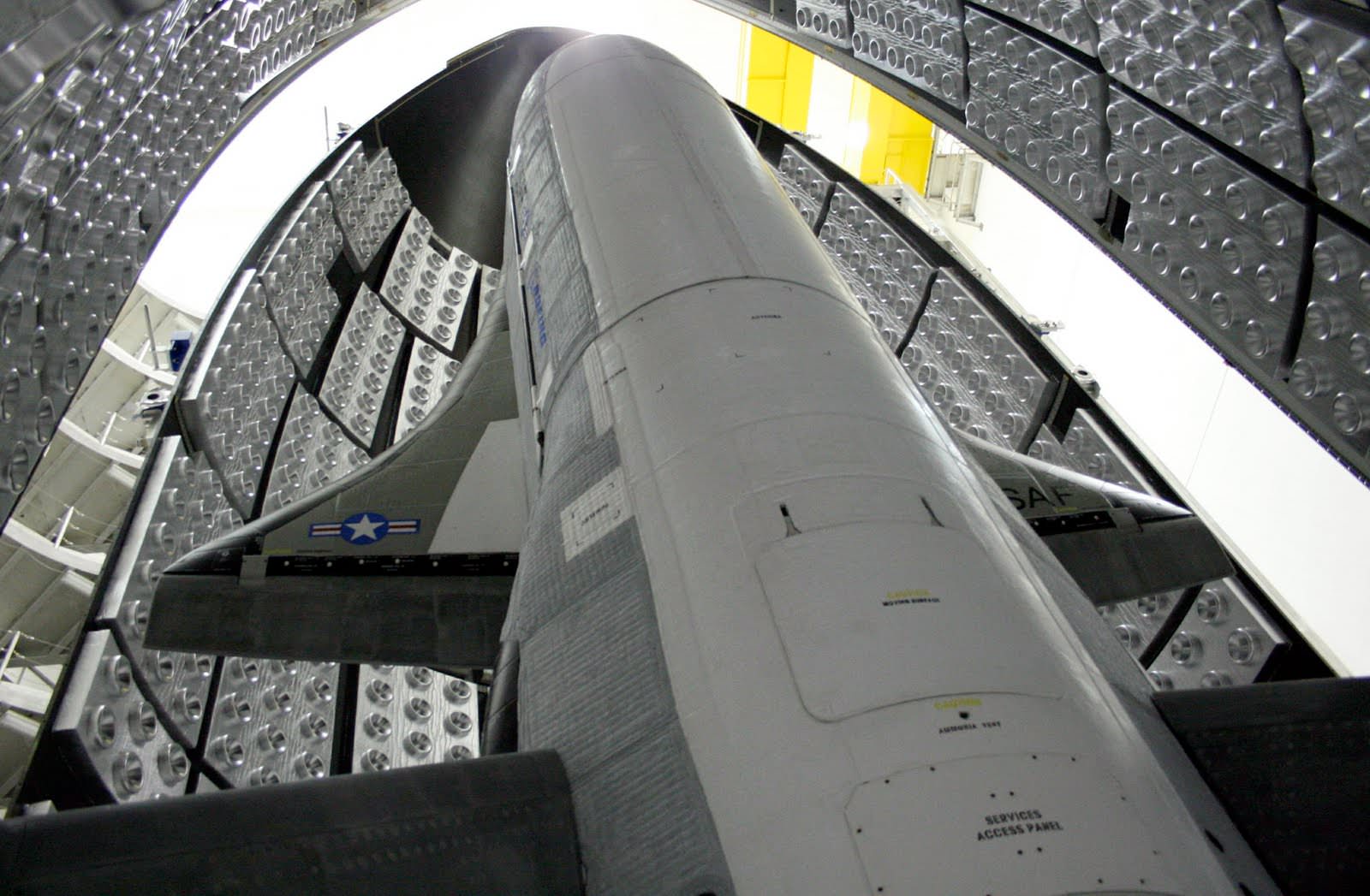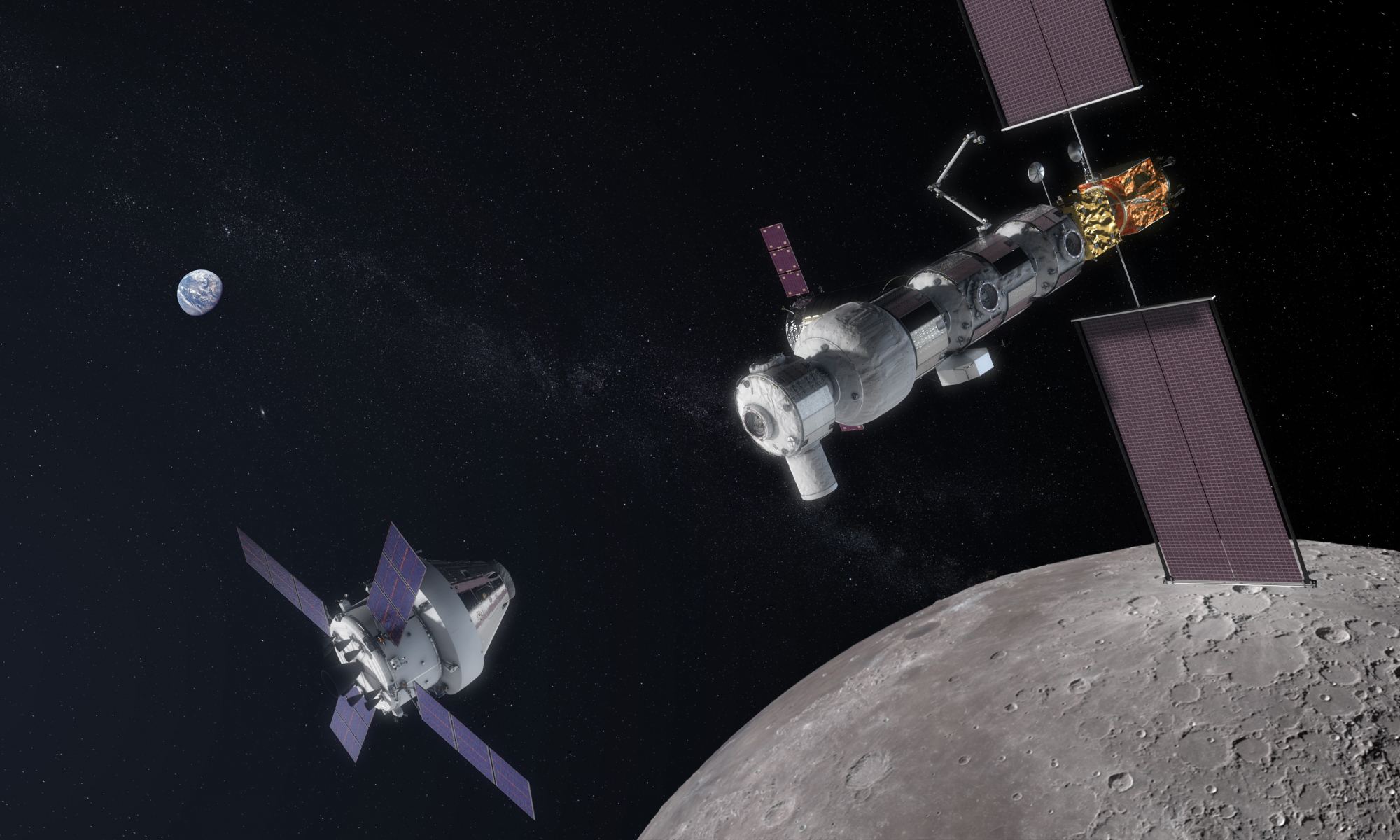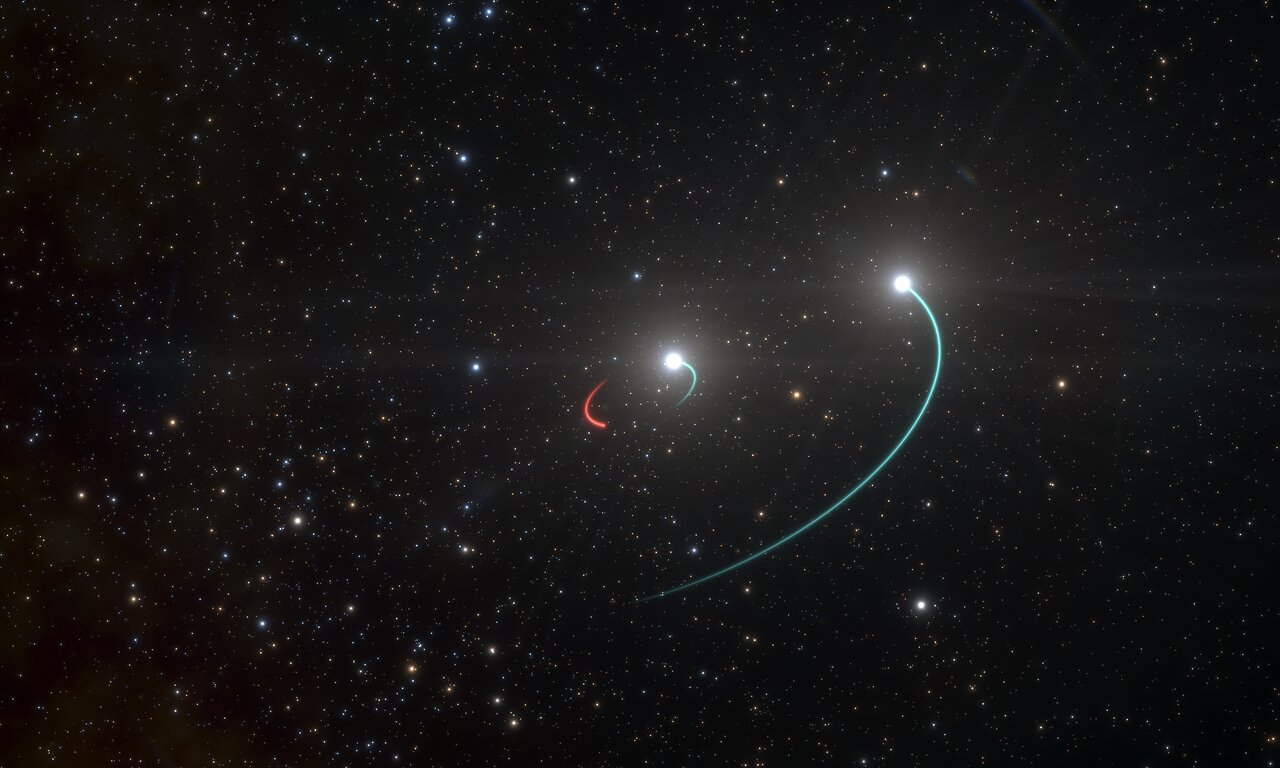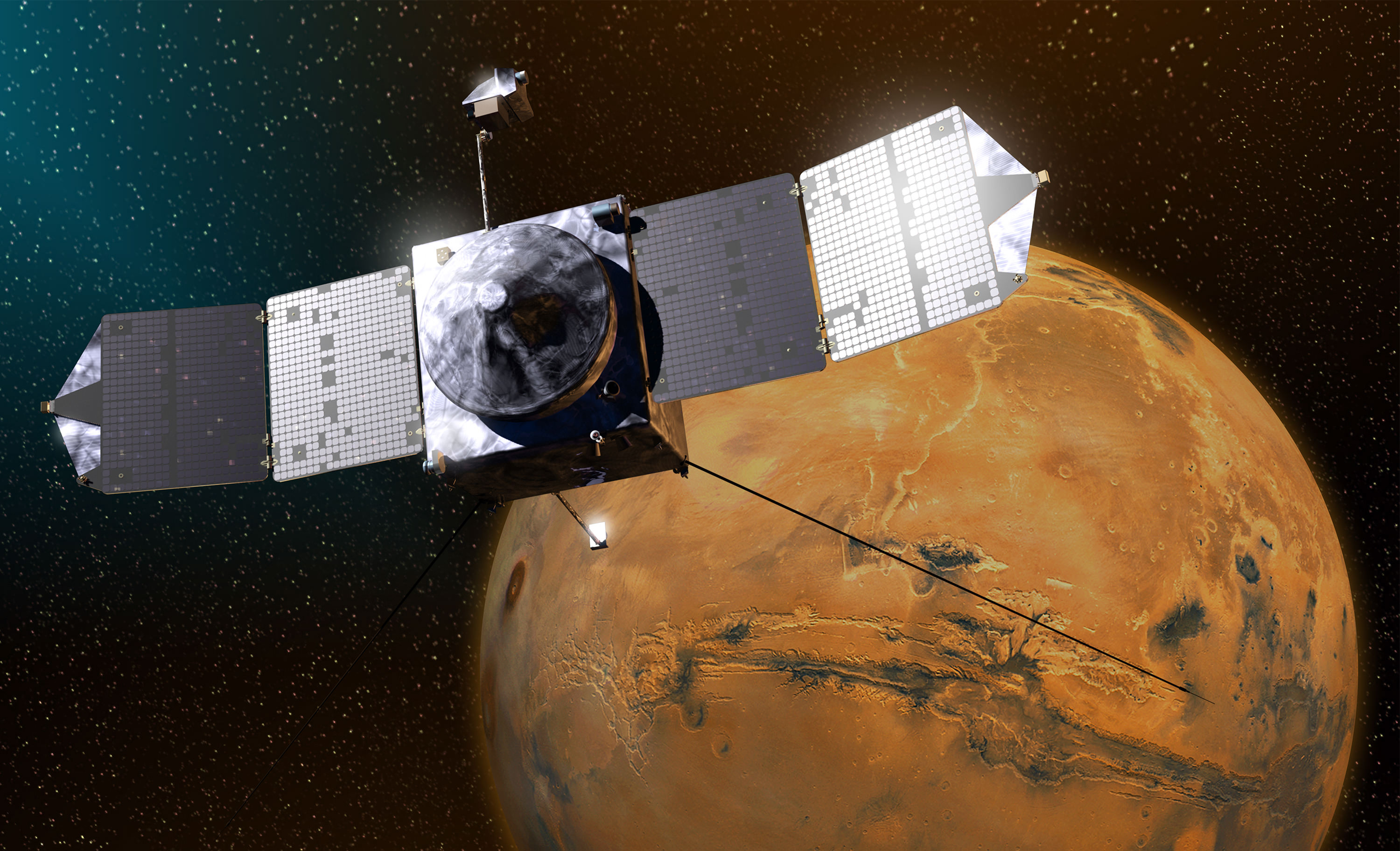It’s no secret that Mars once had abundant water flowing on its surface in the forms of rivers, lakes, and even an ocean. For this reason, scientists continue to wonder whether or not Mars might have had life in the past. Today, the surface is an extremely cold, dry place where even a single droplet of water would instantly freeze, boil, or evaporate. Unless, of course, the water had salt dissolved in it.
If these “briny” patches still exist on Mars, then it’s possible there are small pockets on the surface where microbes can still exist. This presents problems as far as issues of “planetary protection” are concerned. However, a new study led by the Lunar and Planetary Institute (LPI) has shown that if life from Earth were brought over by robotic or human explorers, it probably couldn’t survive in these brines.
Continue reading “Earth Life Probably Can’t Spread to Mars Today”









